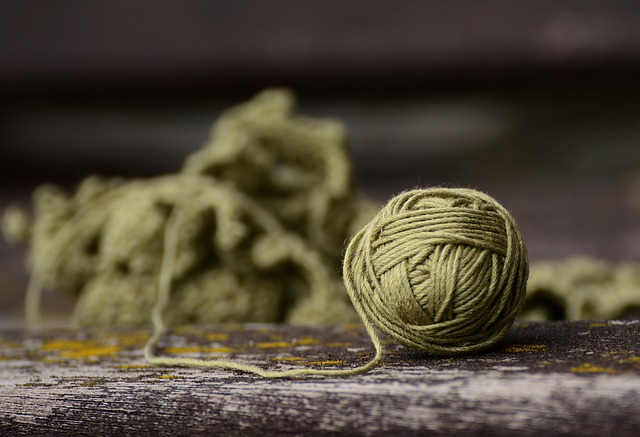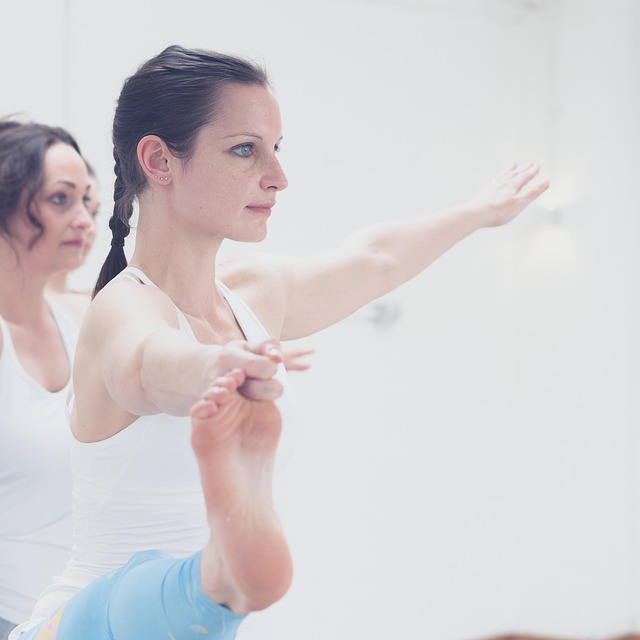Exposure is the heartbeat of every photograph. For hobby photographers, mastering exposure means learning how light interacts with camera optics to reveal the world exactly as you intend. The relationship between aperture, shutter speed, ISO, and lens quality is at the core of this art form. When you understand how these elements work together, you gain the ability to capture scenes that feel alive, balanced, and emotionally resonant. This article guides you through the practical and theoretical aspects of exposure, tailored specifically for those who enjoy photography as a creative hobby.
The Foundations of Exposure
Before you can master exposure, you need a solid grasp of the exposure triangle. Aperture controls how much light enters the lens; it also dictates depth of field. Shutter speed governs the duration of light exposure, affecting motion blur or freeze. ISO determines the sensor’s sensitivity to light, influencing noise levels and image clarity. Each component can be adjusted independently, but the lens—your camera’s optics—serves as the gateway that shapes every photon that reaches the sensor.
- Aperture: Wide openings (low f‑numbers) let in more light and create shallow depth of field; narrow openings (high f‑numbers) limit light and increase depth of field.
- Shutter Speed: Faster speeds freeze motion; slower speeds allow motion blur and longer exposure times.
- ISO: Higher ISO values enable shooting in low light but introduce grain; lower ISO values produce cleaner images.
Choosing the Right Lens
For hobby photographers, the choice of lens can dramatically affect exposure outcomes. Prime lenses, with fixed focal lengths, often boast wider apertures (e.g., f/1.8 or f/1.4), providing more light and better low‑light performance. Zoom lenses offer versatility but may have narrower maximum apertures, requiring adjustments to shutter speed or ISO. Optical quality—glazing, coating, and lens design—also influences how light is transmitted and filtered, impacting sharpness, contrast, and color fidelity.
“The lens is not just a tool; it’s the first artistic decision you make when you frame a scene.” – Anonymous Photographer
Practical Exposure Techniques
Applying theoretical knowledge requires hands‑on practice. Start with the camera’s built‑in metering modes—matrix, center‑weighted, and spot—to understand how your camera interprets light. Experiment by shooting the same subject under different settings, then review histograms to see how exposure values shift across the tonal range.
When adjusting aperture, remember that each full stop doubles or halves the amount of light reaching the sensor. If you open the aperture from f/8 to f/5.6, the image will be one stop brighter. Conversely, closing from f/5.6 to f/8 will make the image one stop darker.
Using Exposure Compensation
Exposure compensation is a quick way to adjust exposure without changing the entire triangle. In automatic or semi‑automatic modes, your camera’s metering can misjudge lighting—especially in high contrast scenes. By increasing or decreasing the exposure compensation value, you tell the camera to allow more or less light than it would normally calculate.
- Set your camera to a mode that supports exposure compensation (e.g., Aperture Priority).
- Identify a subject with a known correct exposure (e.g., a well‑lit landscape).
- Adjust the compensation knob or dial to achieve a balanced histogram.
- Apply the same technique to more complex scenes.
Low Light and Night Photography
Low light environments present unique challenges. With limited ambient light, you must rely on wide apertures, slow shutter speeds, or higher ISO values. For hobby photographers, the balance between light and noise is critical. Modern DSLRs and mirrorless cameras have made it easier to shoot at higher ISO settings while still maintaining acceptable noise levels.
Tips for low‑light shooting:
- Use a tripod to stabilize your camera for slower shutter speeds.
- Choose a lens with a maximum aperture of f/2.8 or wider.
- Start with ISO 800 and increase only if necessary.
- Shoot in RAW to preserve detail and allow for noise reduction in post‑processing.
Dynamic Range and High Contrast Scenes
Dynamic range refers to the span between the darkest shadows and brightest highlights that your camera can capture in a single exposure. When shooting scenes with both deep shadows and bright highlights—think sunrise over a city skyline—you risk clipping in either end of the tonal spectrum.
Strategies to manage dynamic range include:
- Using bracketing to capture multiple exposures and then blending them in post‑processing.
- Employing HDR (High Dynamic Range) techniques with careful attention to noise.
- Selecting lenses with advanced coatings to reduce flare and ghosting.
Color and White Balance in Exposure
Exposure is not solely about brightness; color temperature also affects how light is rendered. Incorrect white balance can result in images that look too warm or too cool, compromising the intended mood. For hobby photographers, it is helpful to understand the difference between the camera’s automatic white balance, preset modes (e.g., sunny, cloudy, tungsten), and manual white balance adjustment.
When shooting under mixed lighting conditions, consider using a grey card or a neutral reference to set white balance manually. This ensures consistent color across your images, especially when you later expose them for print or digital display.
The Role of Lens Coatings
Modern lenses often feature multiple layers of optical coatings that reduce internal reflections, flare, and ghosting. These coatings can subtly influence exposure by preserving contrast and color fidelity, especially in challenging lighting. When choosing a lens for exposure work, look for lenses that specify advanced anti‑reflection or low‑light performance coatings.
Post‑Processing: Refining Exposure
Even the most skilled hobby photographers can benefit from post‑processing to fine‑tune exposure. Software tools allow you to adjust shadows, highlights, midtones, and contrast while maintaining a natural look. Exposure adjustments in post‑processing should be applied cautiously to avoid over‑correction or excessive noise.
Key post‑processing steps:
- Use the histogram to identify clipping points.
- Apply selective exposure adjustments to preserve detail in critical areas.
- Limit the use of high ISO images to preserve image quality.
- Export final images in lossless formats for archival purposes.
Practice, Patience, and Persistence
Mastering exposure with camera optics is an ongoing journey. As a hobby photographer, you gain confidence by consistently analyzing your images, experimenting with settings, and learning from both successes and mistakes. Keep a shooting log that records exposure settings, lighting conditions, and outcomes. Over time, patterns will emerge, guiding you toward instinctual exposure decisions.
Remember that exposure is a creative choice as much as a technical one. Use your understanding of the exposure triangle to convey mood, depth, and narrative. With dedication and practice, you’ll find that mastering exposure transforms your hobby photography into compelling visual stories.



